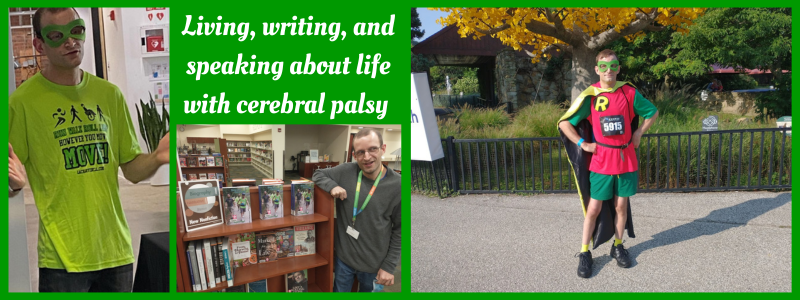 A discussion on bullying will most likely conjure up strong emotions. Within those emotions you will find a stark contrast in opinions. One side calls bullying an epidemic while the other dismisses the uproar as society becoming soft. Surely the great range in behavior which deems consideration as bullying factors into the different takes.
A discussion on bullying will most likely conjure up strong emotions. Within those emotions you will find a stark contrast in opinions. One side calls bullying an epidemic while the other dismisses the uproar as society becoming soft. Surely the great range in behavior which deems consideration as bullying factors into the different takes.
For instance, someone might not take name calling or even tripping another person seriously. “So what he called you a name? Ignore it!” “Big deal she stuck her foot out and tripped you. It was a joke, stop being so stingy!”
The classic examples aforementioned bring to light a question essential to the topic’s core. What makes bullying, bullying? At what point does clowning around or joking around evolve into bullying?
Personally, I like to think I’m humorous and lighthearted. A way that manifests in my life extends to certain friendships. Particularly one friend Mike Rodriguez comes to mind, a friendship I describe in my memoir Off Balanced as “based on lacking political correctness.”
[Buy Off Balanced for your Kindle* or Nook]
If placed outside the friendship context, my jokes about Mike’s Mexican heritage and his jokes about my cerebral palsy could mistakenly pass as bullying. In actuality our exchanges represent endearing acts, similar to how siblings can mess with one another but outsiders can’t.
Really my friendship with Mike demonstrates a key component identifying clowning around from bullying, intent. Bullying intends to harm as opposed to clowning around which intentions stem from good fun. Sometimes clowning around can turn into bullying though.
Flashback to college my freshman year, I sat hanging out with some friends. One friend we will call Kyrie for the blog post’s sake and I entered a back and forth wise crack exchange. However, at a certain point I noticed Kyrie stopped ragging on me and instead started playing off my comments to putdown himself. When the joking no longer exists on mutual terms, the behavior risks becoming bullying.
Now I must give credit to nationally traveled anti-bullying speaker Tony Bartoli for he provided me the wisdom about intent. I interviewed Tony on multiple occasions, asking at one point how teachers could tell the difference between bullying and joshing around. Intent and repetition remained two key components Tony emphasized in his answer.
Below you will find a few articles based off my interviews with Tony.
- The Mobility Resource: “Addressing Bullying in the Disability Community”
- Think Inclusive: “Anti-Bullying from the Educator’s Perspective”
- Think Inclusive: “Anti-Bullying from the Parent’s Perspective”

Nationally traveled anti-bullying speaker Tony Bartoli joins #CPChatNow Wednesday, April 22nd for our next focus chat.
After reading those pieces, maybe you came up with a question you want to ask Tony. I invite you to do just that this Wednesday! On Wednesday, April 22nd Tony Bartoli will join us at #CPChatNow for a focus chat on anti-bullying. From 8pm-9pm ET Tony will answer your questions! Tweet to @stopbullyingtb and ask your question. Make sure to put the hashtag #CPChatNow into your tweet too!
To learn even more about Tony Bartoli before Wednesday visit his website www.tonyb4hope.com.
*Link affiliated with Amazon LLC Associate Program, an affiliate advertising program designed to provide a means for sites to earn advertising fees by advertising and linking to Amazon.com.


